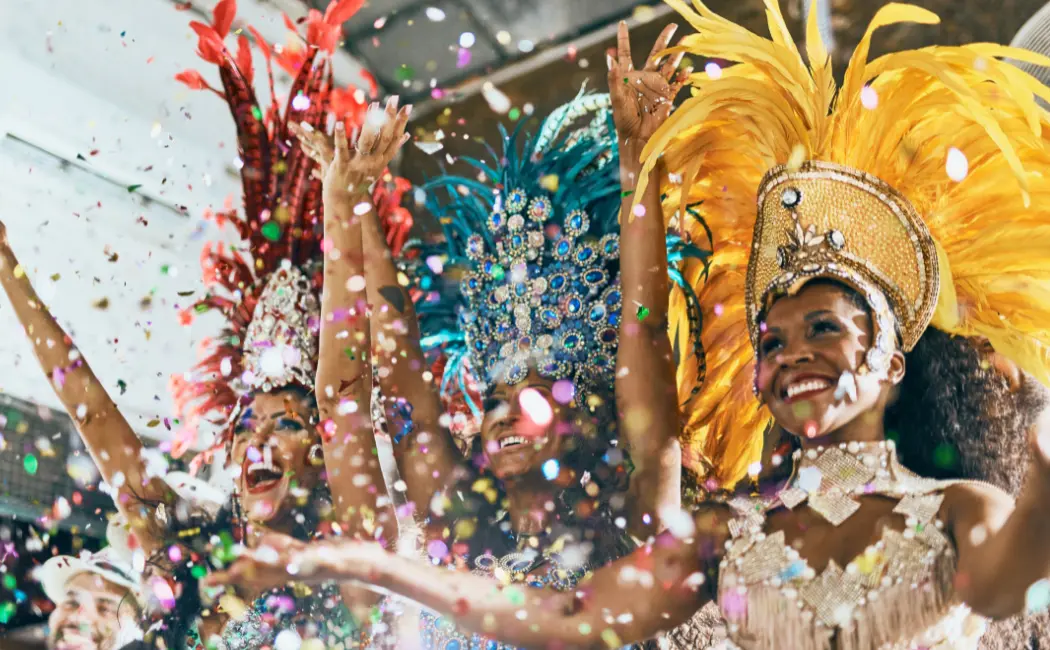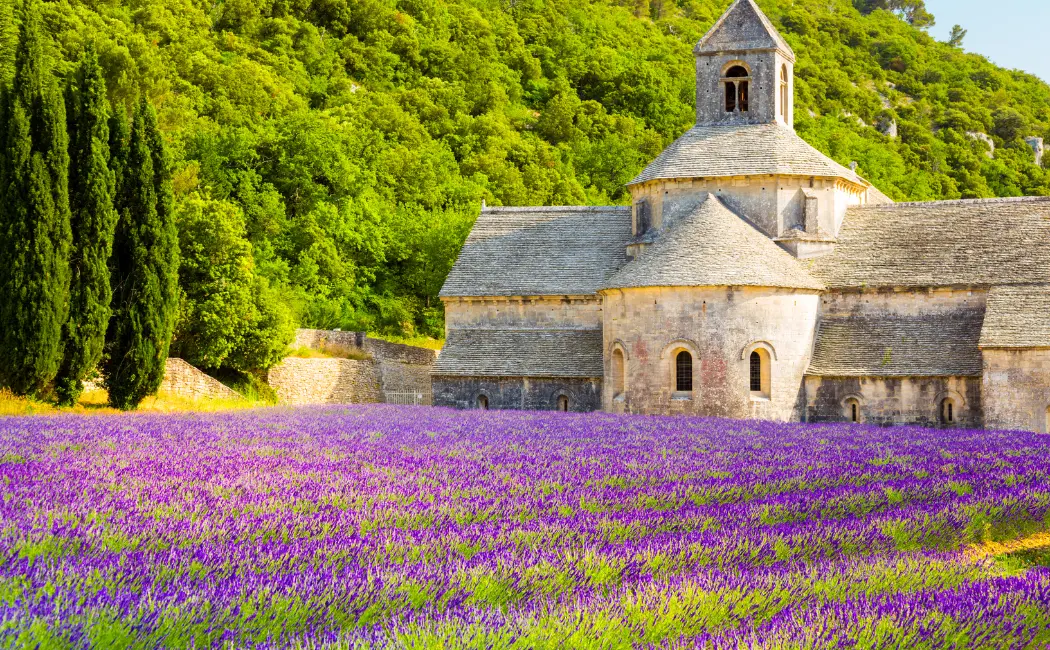Rio Carnival, one of the most iconic and vibrant festivals globally, is a spectacle that showcases Brazil’s rich cultural heritage, stunning beauty, and infectious energy.
Held annually in Rio de Janeiro, Brazil, this five-day extravaganza attracts millions of revelers from around the world, transforming the city into a kaleidoscope of colors, music, and dance.
History of Rio Carnival
The Rio Carnival has its roots in the 18th century, when Portuguese colonizers brought their traditional festivals to Brazil.
Over time, African and indigenous influences blended with European traditions, giving birth to the unique celebration we know today.
The modern Rio Carnival began taking shape in the 19th century, with the establishment of samba schools and street parties.
Preparations and Events
Preparations for Rio Carnival begin months in advance, with samba schools and street parties (blocos) working tirelessly to create elaborate costumes, floats, and choreographies.
The festival officially kicks off on the Friday before Ash Wednesday, marking the beginning of Lent.
Main Events:
- Parades of Samba Schools: The highlight of Rio Carnival, featuring elaborate costumes, music, and dance performances by samba schools.
- Street Parties (Blocos): Informal gatherings with live music, dancing, and costumes.
- Carnival Balls: Formal galas with live music and dancing.
- Bandas: Small, informal parades with music and dancing.
Samba Schools
Samba schools are the heart of Rio Carnival, competing for the coveted title of champion. Each school represents a specific neighborhood or community, showcasing their unique style and theme.
Some of the most famous samba schools include:
- Mangueira
- Salgueiro
- Beija-Flor
- Imperatriz Leopoldinense
Costumes and Floats
Rio Carnival’s costumes and floats are renowned for their breathtaking beauty and intricate design.
Thousands of artisans work tirelessly to create these masterpieces, using feathers, sequins, and other materials.
Music and Dance
Samba music and dance are the soul of Rio Carnival. The infectious rhythms and energetic performances are unforgettable experiences.
Tourism and Economic Impact
Rio Carnival attracts over 2 million visitors annually, generating significant revenue for the local economy.
The festival also showcases Brazil’s rich cultural heritage, promoting tourism and cultural exchange.
Safety and Security
To ensure a safe and enjoyable experience, Rio de Janeiro implements strict security measures, including:
- Increased police presence
- Crowd control barriers
- Medical services
Tips for Attendees
- Plan ahead: Book accommodations and tickets early.
- Stay safe: Follow local guidelines and be aware of surroundings.
- Enjoy responsibly: Respect local customs and traditions.
Conclusion
Rio Carnival is an unparalleled celebration of life, music, and culture.
This vibrant festival showcases Brazil’s warmth, creativity, and infectious energy, attracting millions from around the world.
Whether you’re a seasoned carnival-goer or a curious traveler, Rio Carnival is an experience that will leave you breathless and inspired.
References:
- Rio Carnival Official Website
- Brazil Tourism Board
- BBC Travel
- The Guardian
- National Geographic
Additional Resources:
- Rio Carnival Schedule
- Samba School Information
- Accommodation Options
- Safety Guidelines
- Cultural Insights










